OPEC pumped an average 32.35m barrels a day in March, down 85,000 barrels from February. Production by the 12 members with quotas (all except Iraq) fell 30,000 barrels to 29.97m barrels a day. This is the first time output has fallen in seven months.
On Saturday, OPEC's Secretary-General Abdullah al-Badri said during a trip to Iran:
'Oil supply to the market is enough and high oil prices are not due to a shortage of crude but rather it is because of the decrease in the dollar's value, shortage of refinery capacity and some political tensions in the world.'
MoneyWeek
Subscribe to MoneyWeek today and get your first six magazine issues absolutely FREE

Sign up to Money Morning
Don't miss the latest investment and personal finances news, market analysis, plus money-saving tips with our free twice-daily newsletter
Don't miss the latest investment and personal finances news, market analysis, plus money-saving tips with our free twice-daily newsletter
I believe that a significant amount of this is bravado: OPEC does not want to reduce output because member countries know their oil is in limited supply and they want to get the maximum price they can muster.
I reckon the main issue, however, is that their own energy crisis means they couldn't even if they wanted to. Peak Power problems are keeping the oil price high, not Peak Oil - but Peak Oil will have its day.
Middle Eastern power usage
According to the Lehman Brothers' chief energy economist, Edward Morse, world markets could have lost 1 million barrels per day (bpd) of oil in the summer of 2007, as Middle East power plants were forced to burn crude and natural gas redirected from enhanced oil recovery projects as summer demand for services for air conditioning rose. Morse believes that a combination of these "lost" Middle East exports and disruptions from Mexico, drove up oil prices in the latter part of 2007 by a greater amount than the flow of money from hedge funds.
It is important to note that the evils of subsidy have made Middle Eastern residents some of the largest energy users per capita in the entire world. Governments are having difficulty getting rid of these subsidies without causing civil unrest.
The latest data available on World Energy consumption is for 2003 from the World Resources Institute. The figures represent total energy consumption per capita in units of kilograms of oil equivalent (kgoe) per person.
US: 7,794.8
UK: 3,918.1
UAE: 10,538.7
Qatar: 21,395.8
Kuwait: 9,076.0
Bahrain: 10,250.5
The US is decried as the gas-guzzling capital of consumption: but this is only partly true. It is actually the residents of the Middle East who are the largest consumers of energy in the world. With a wealth and population explosion added to the mix, oil-rich countries are facing an unprecedented energy crunch.
Generous subsidies
According to the IMF, Middle Eastern governments were more generous in subsidising oil products than governments anywhere else in the world during 2007. While oil prices rose strongly throughout the year, governments in the Middle East passed on just 58% of the increase in the cost of importing petrol.
The region's governments also passed on an average of 67% of the increased cost of diesel to their consumers, a smaller amount than governments in any other part of the world. Yemen spent a staggering 9.3% of GDP on energy subsidies in 2006, the most of any country in the region.
This trend is, patently, unsustainable. However, governments are going to find it tricky to cut these subsidies and discourage consumption. In June last year, there were riots at petrol stations in Iran after the government tried to get its soaring fuel subsidy costs under control.
Iran's problem is that it lacks refining capacity so it has to import around 40% of its petrol at market rates. Some estimates have put the cost of Iran's fuel subsidy and import policy at more than £5bn a year.
All of this gives leverage to the region's future power consumption and none of the countries have the power infrastructure to cope. Peak Power has hit the region before Peak Oil, but the countries are failing to admit the depth of their crisis because it is really easy to blame all of the upside in oil prices on the dollar. OPEC has always played the game with smoke and mirrors it will never change.
This article is taken from Garry White's free daily email Garry Writes'.
Get the latest financial news, insights and expert analysis from our award-winning MoneyWeek team, to help you understand what really matters when it comes to your finances.
MoneyWeek is written by a team of experienced and award-winning journalists, plus expert columnists. As well as daily digital news and features, MoneyWeek also publishes a weekly magazine, covering investing and personal finance. From share tips, pensions, gold to practical investment tips - we provide a round-up to help you make money and keep it.
-
 Zoopla: house price growth stalled in 2025 but forecasts for 1.5% higher next year
Zoopla: house price growth stalled in 2025 but forecasts for 1.5% higher next yearSales soared this year with more than a million deals done but buyers drove hard bargains keeping a lid on prices. A small bounceback in valuations is predicted for 2026, depending on where you live.
-
 UK sets out crypto regulatory proposals
UK sets out crypto regulatory proposalsThe government has tabled legislation that sets out a regulatory framework for cryptocurrencies, while the regulator will consult on balancing innovation and consumer protections
-
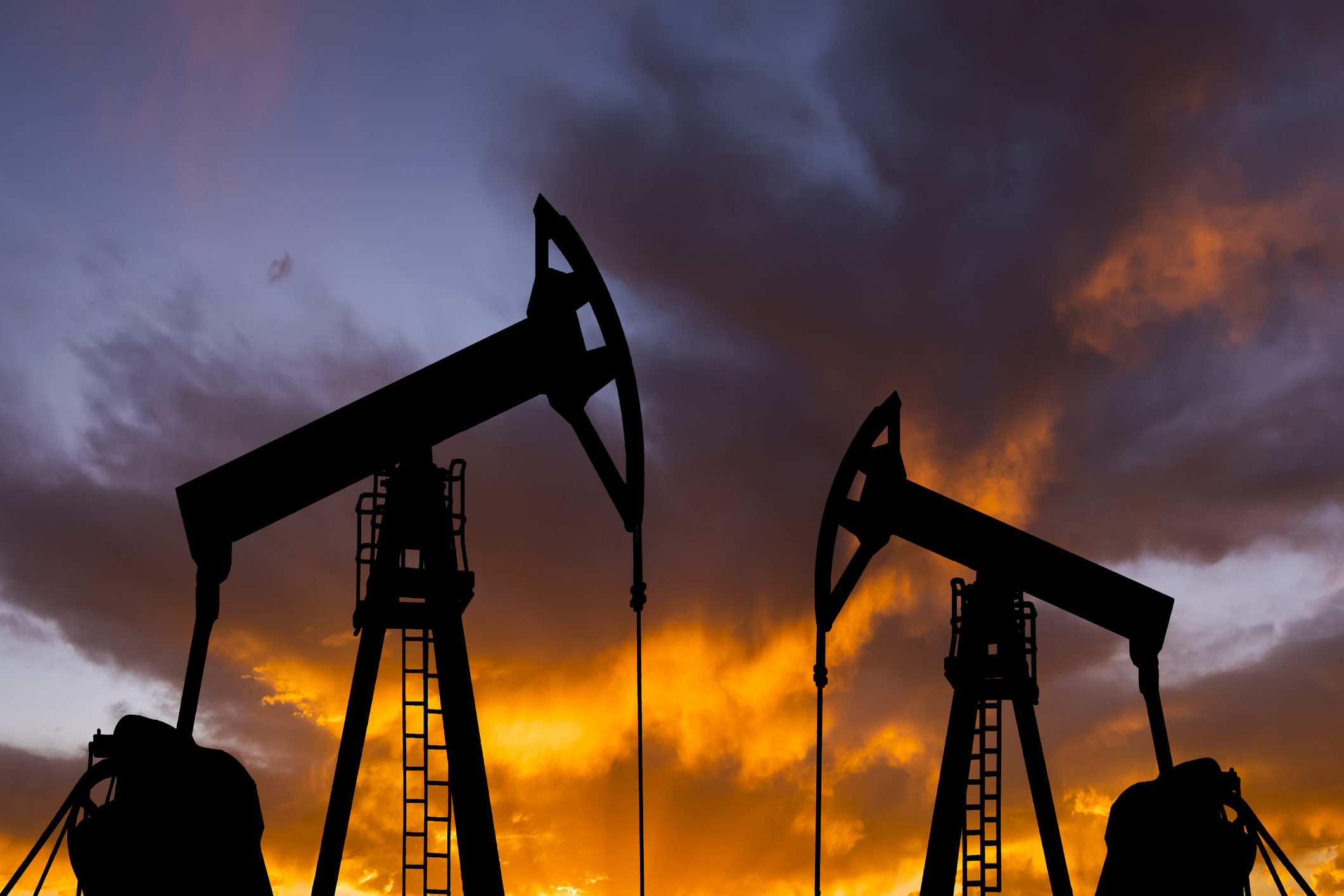 Is the market missing the opportunity in energy?
Is the market missing the opportunity in energy? -
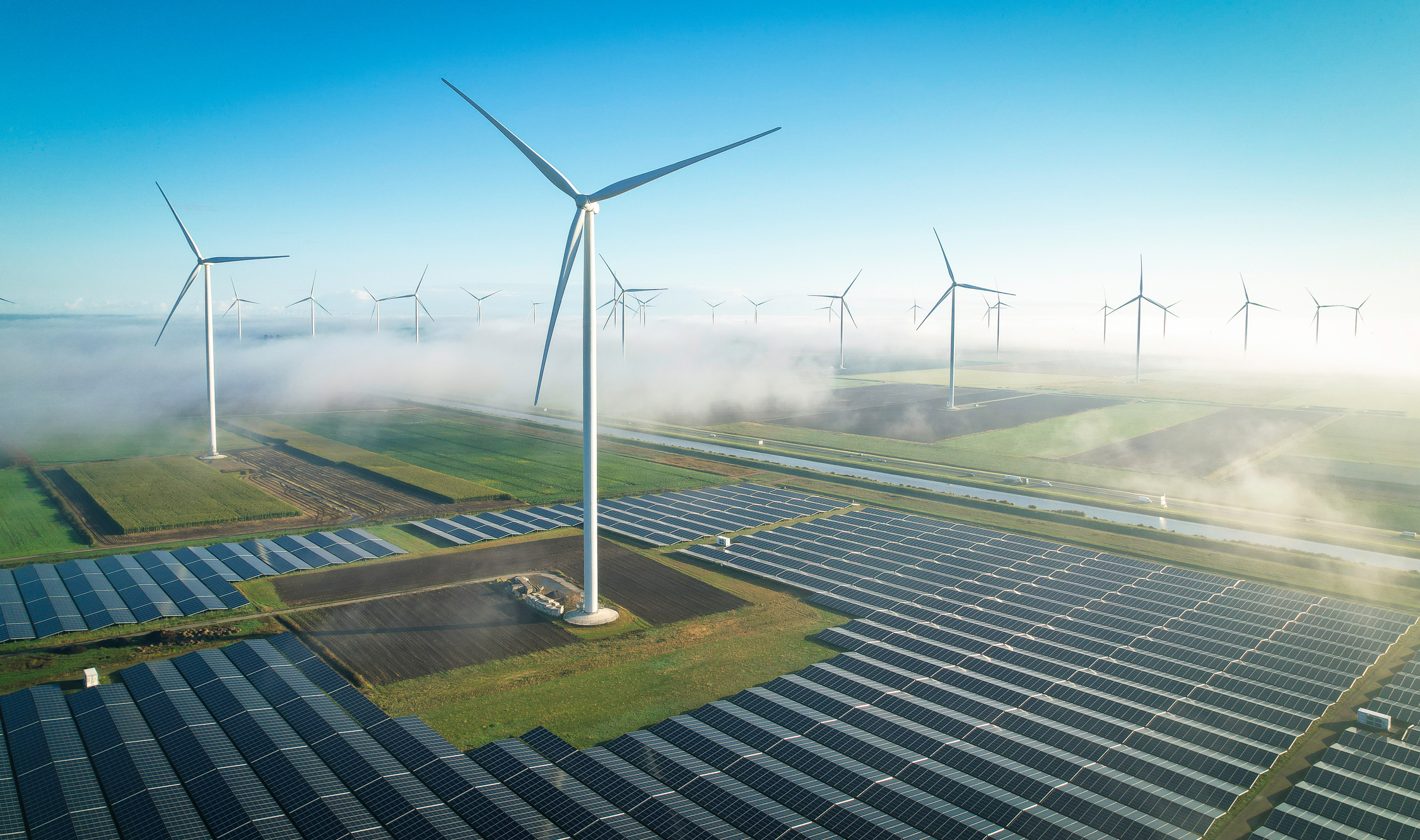 The demand for oil is slowing and green energy is taking over
The demand for oil is slowing and green energy is taking overThe IEA forecasts oil demand growth to slow sharply in the next few years. The end of the era may be underway.
-
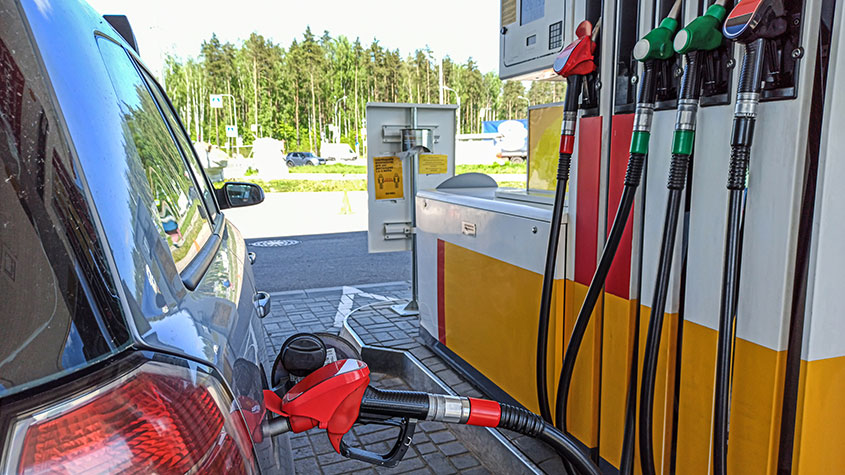 Fuel prices could rise again as Opec cuts production
Fuel prices could rise again as Opec cuts productionNews Major oil-producing countries have decided to cut oil production by two million barrels per day – could this mean higher fuel prices?
-
 Why is the petrol price rising again?
Why is the petrol price rising again?Brits are being hit by a triple-whammy of increasing oil prices, a falling pound, and new fuel mix standards that are pushing up petrol prices
-
 How to invest in copper, the most important metal in the world
How to invest in copper, the most important metal in the worldCover Story As the world looks to electrify and try to move away from fossil fuels, copper looks set to be the biggest beneficiary. But how can you invest? Rupert Hargreaves analyses the sector.
-
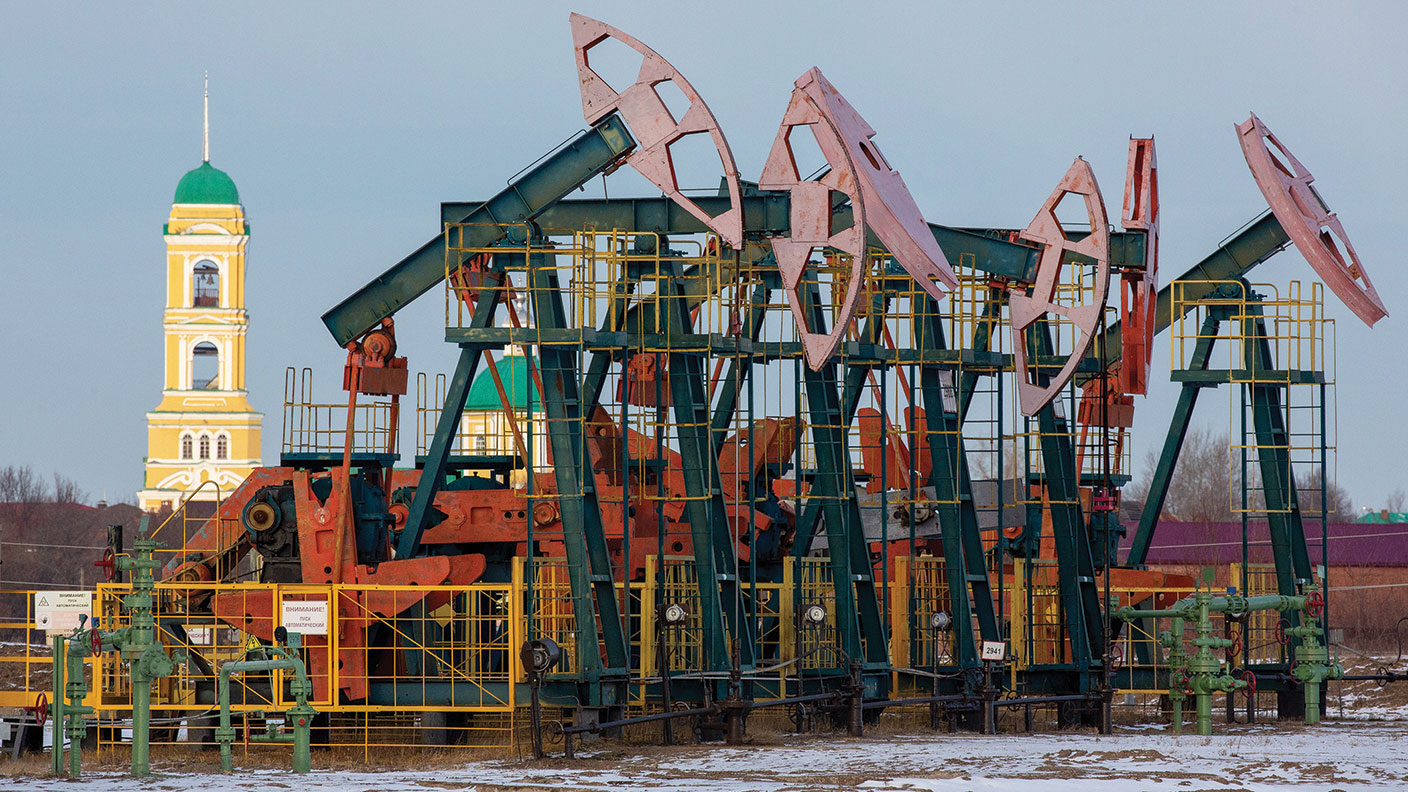 Oil shortage starts to curb demand
Oil shortage starts to curb demandNews The price of Brent crude oil is up by 475% since its March 2020 low. And when oil prices rise, people start to reduce consumption, leading to increased fears of a recession.
-
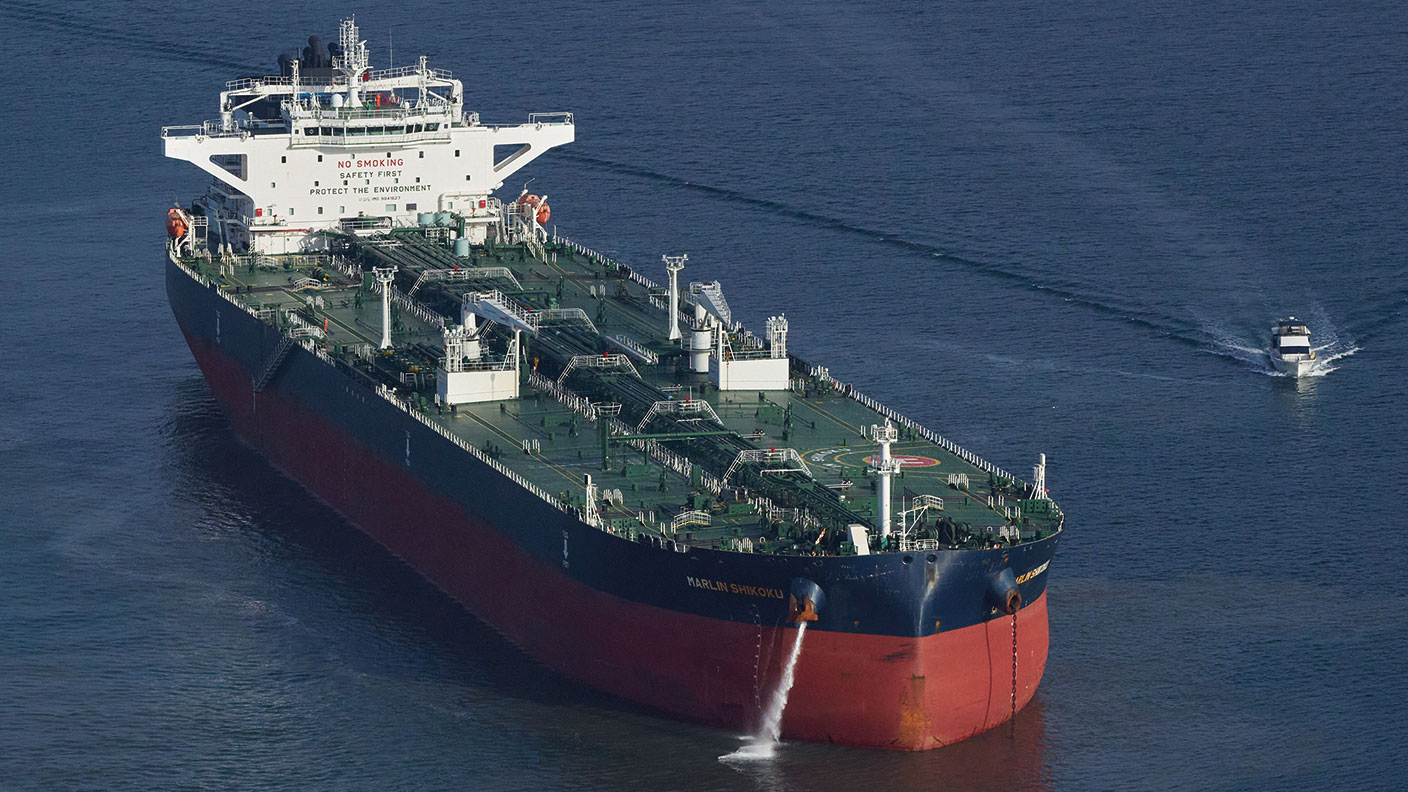 An uncertain outlook for oil supply
An uncertain outlook for oil supplyNews Much of the speculative froth seems to have gone from the oil market, but sanctions on Russia is disturbing the crude oil supply.
-
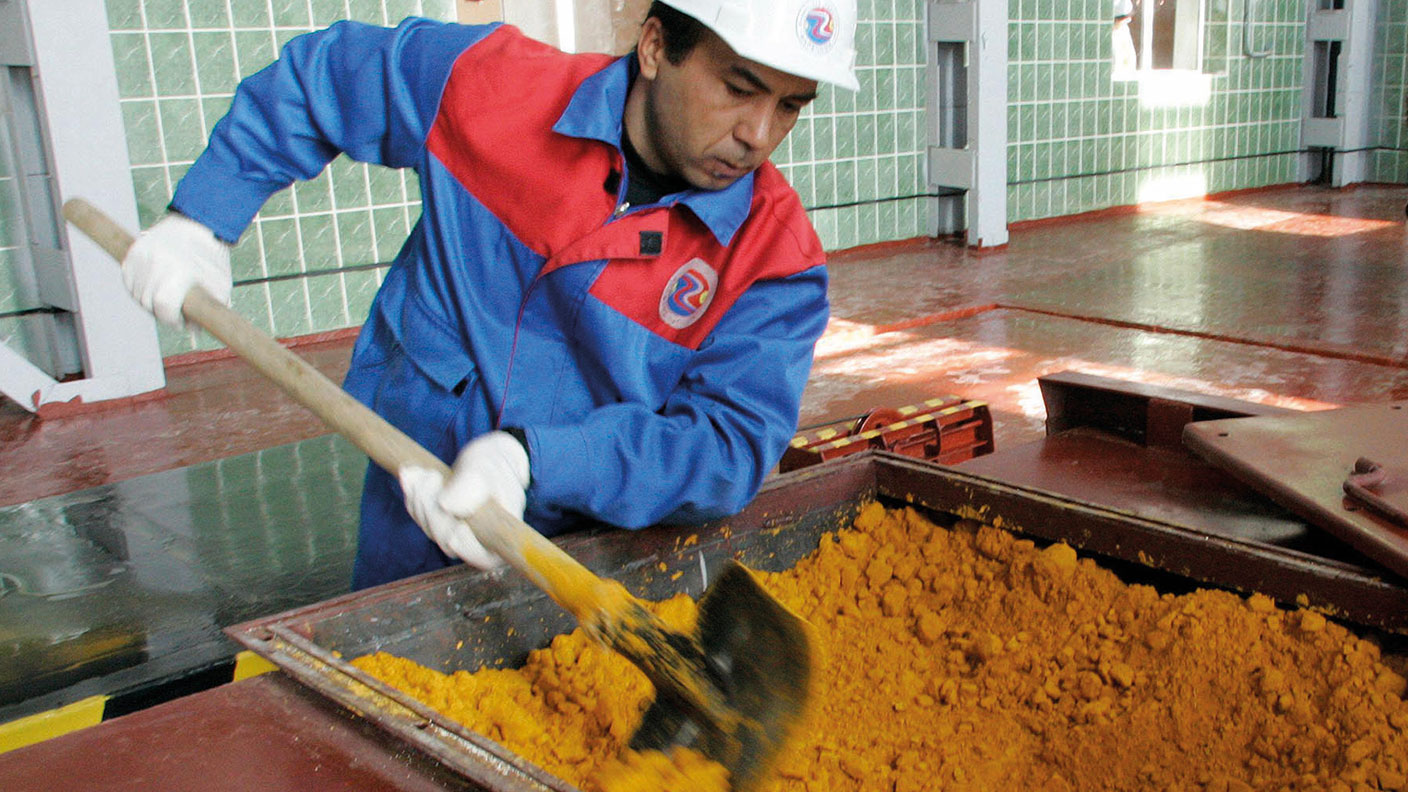 Why the uranium price is set to keep rising
Why the uranium price is set to keep risingNews Turmoil in Kazakhstan – the world's leading producer of uranium, has sent the uranium price up by more than 8% in a week. And that's not the end of it.

